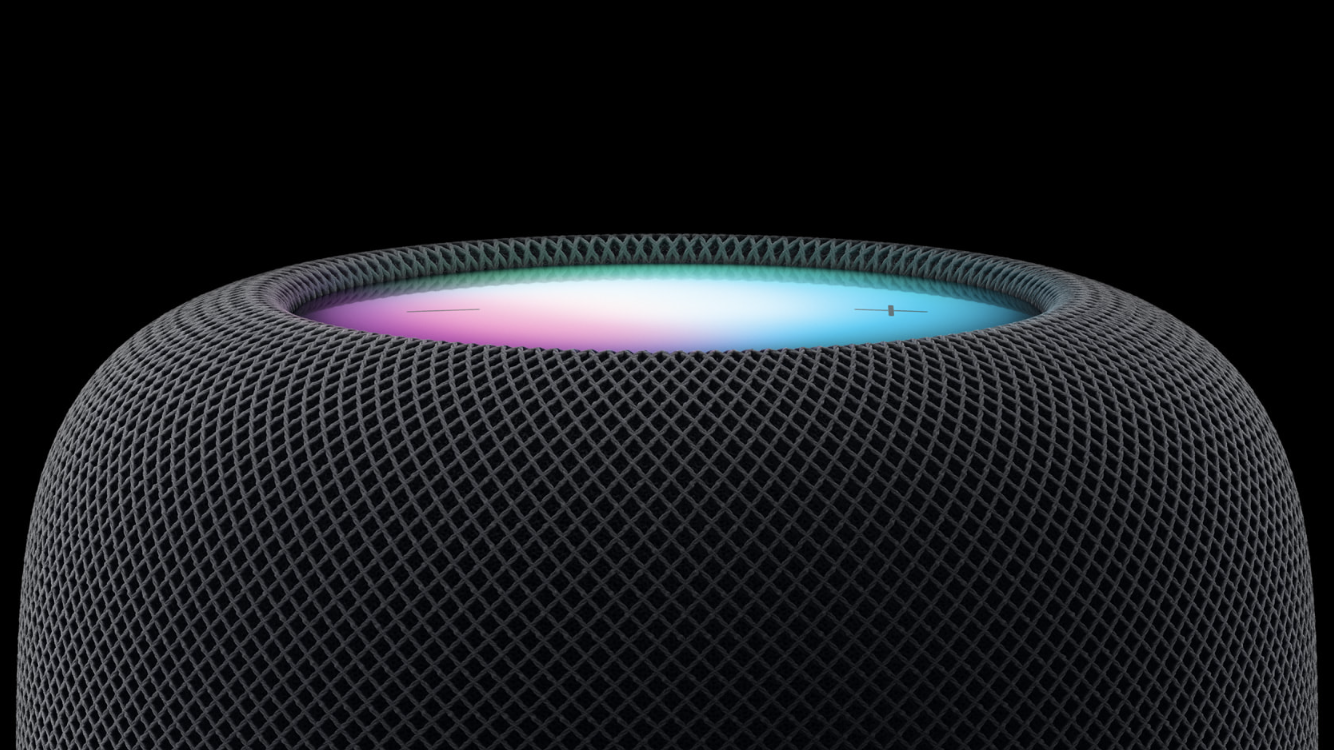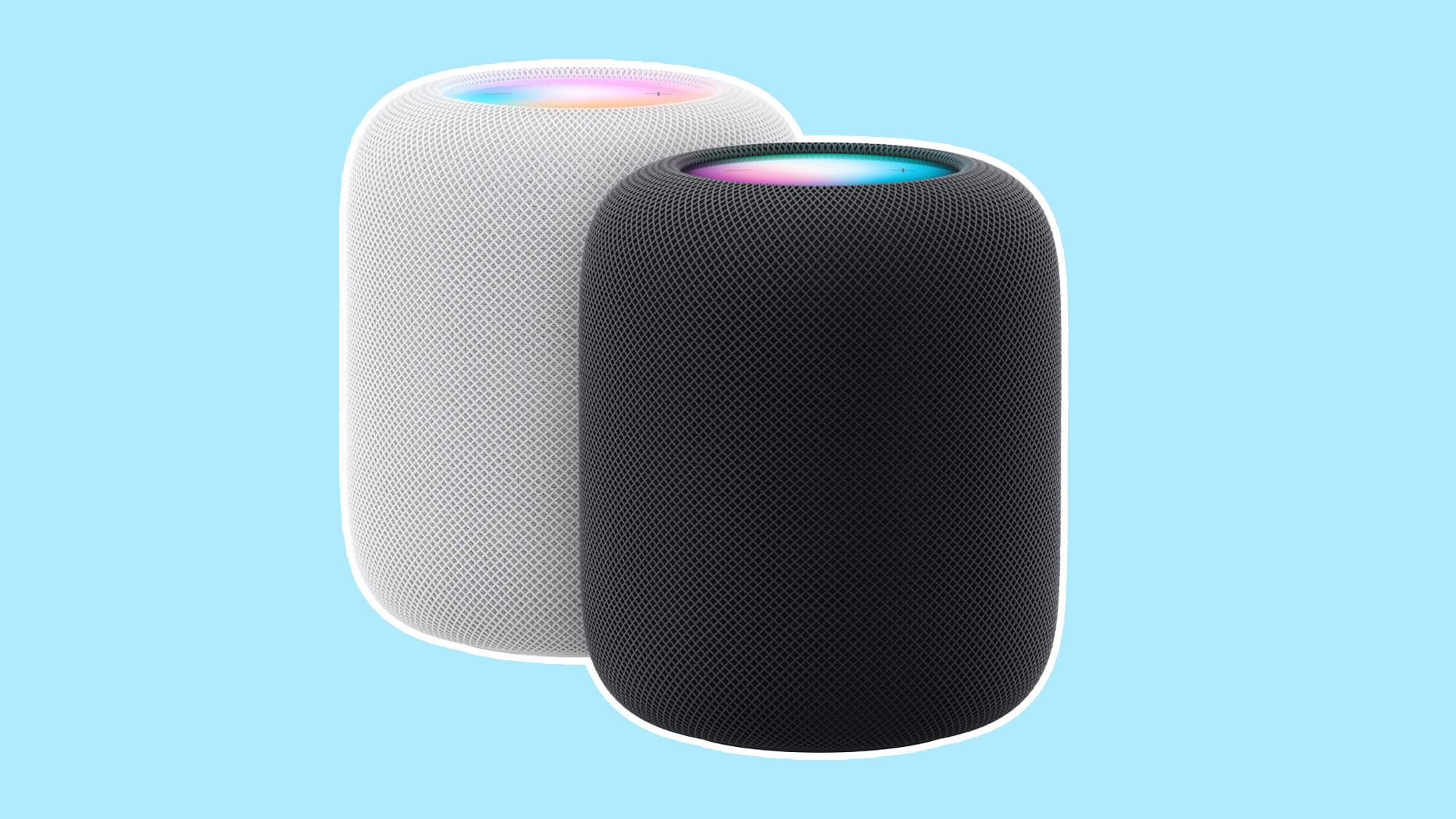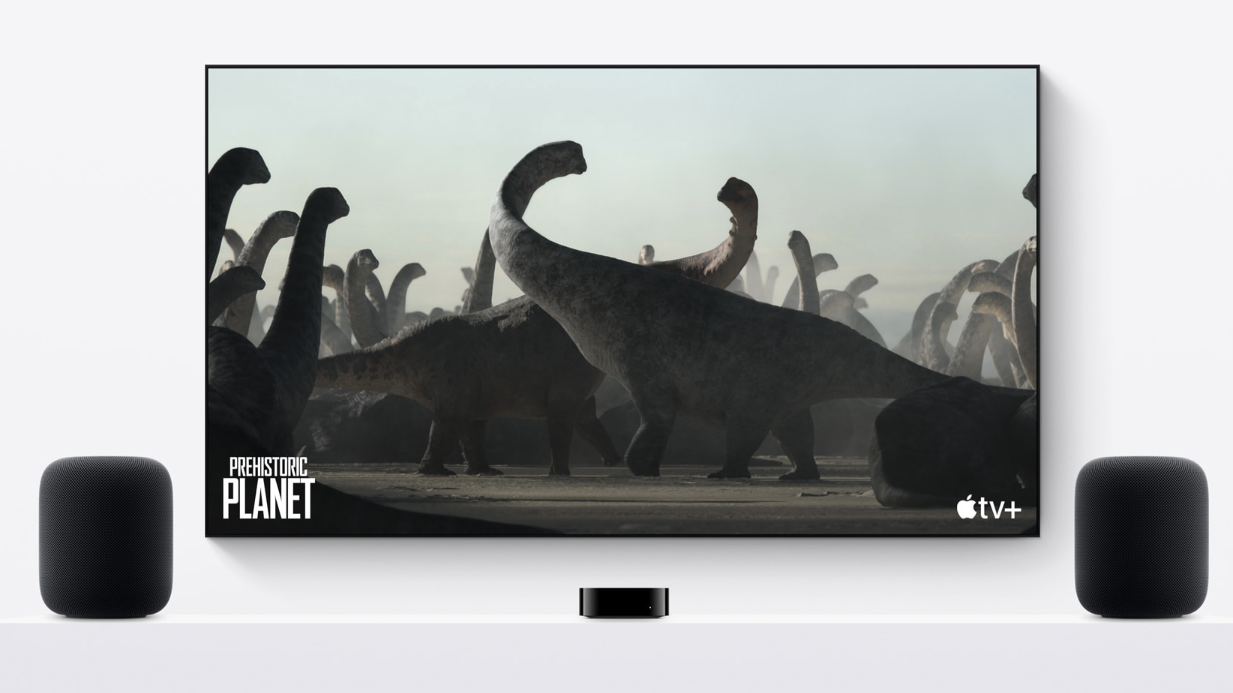Apple HomePod 2 unveiled — price, release date and the biggest upgrades

Apple’s big-sized smart speaker is back. The new HomePod (2nd Generation), announced via press release, packs several upgrades over the original that could make for the smartest Siri speaker yet.
Since it appeared Apple phased out the original HomePod for the smaller — and less expensive — HomePod mini, the second-gen HomePod comes as a bit of a surprise. Yet a refined design, added environmental sensors and the promise of advanced computational audio make the surprise an exciting one for HomeKit’s future.
At $299, the HomePod 2 is still significantly pricier than many of the best smart speakers from Amazon and Google. But with the HomePod (2nd Generation)’s new features, it might emerge as the intelligent home audio product Apple users have been waiting for.
The HomePod (2nd Generation) is coming soon. Here’s what you can expect in terms of price, availability, design, performance and more.
Update (Jan. 31): Our Apple HomePod (2nd gen) review is now live, so check it out for our full impressions and rating.
Apple HomePod (2nd Generation) price and release date
The new HomePod 2 costs $299 and is available starting January 18, with full availability beginning February 3.
If you compare the second-gen HomePod’s price to the original HomePod’s debut price, the new version is actually more affordable. The HomePod first launched at $349 in 2018, but the cost dropped down to $299 in 2019.
Get instant access to breaking news, the hottest reviews, great deals and helpful tips.
With the launch of the new HomePod, the HomePod mini remains Apple’s most accessible smart speaker, priced at $99.
Apple also looks like it will release a smart display, but not for a while.
Apple HomePod (2nd Generation) design
The HomePod 2 looks like a hybrid of the original HomePod and the HomePod mini, so it’s unmistakably an Apple speaker. It maintains a 360-degree, fabric-swathed cylindrical design and comes in black or white. (For now — it would be interesting if it eventually comes in colorful finishes like the HomePod mini.)

On top of the new HomePod, there’s a translucent touch panel that can be used to control music playback and activate Siri. When Siri is engaged, the panel should produce a light show as is the case on the HomePod mini. The original HomePod also had a circular touch panel, but it was a black-and-white affair.
Apple HomePod (2nd Generation) audio
When we reviewed the original HomePod, the audio performance impressed us. Since then, Apple has launched spatial audio and other computational audio features, which the S7 chip powers in the new HomePod.
For example, the new HomePod can recognize sound reflections from the room it’s placed in to automatically adapt its sound profile. Yes, this sounds similar to the Sonos One’s tuning feature. We’ll have to see whether the five tweeters succeed in creating a curated and immersive listening experience in testing.
That said, two HomePods can be paired together for stereo sound, which separates the left and right channels for a broader soundstage. Apple proposes using two together to replace a soundbar, leveraging the HomePod’s ability to pair to an Apple TV 4K via eARC. Considering the HomePod can be used to control an Apple TV hands-free, this setup seems to make sense.

Otherwise, audio playback is able to move between an iPhone and HomePod through Ultra Wideband technology. Songs, podcasts and phone calls are all compatible for hand-off. We especially liked this feature on the HomePod mini, so we’re optimistic it’ll perform well on the new HomePod.
Apple HomePod (2nd Generation) smart home features
Some of the HomePod 2’s biggest upgrades improve the speakers’ smart home abilities. It borrows a few features from Alexa speakers, such as a version of Alexa Guard that can alert users when smoke alarms or other alerts are heard in the home. It also gets a temperature sensor and humidity sensor built-in, which can trigger smart home routines. Again, these conveniences are things that Echo speakers have already mastered, but it’s good to see Apple catching up.
The HomePod and compatible smart home routines or scenes can be managed in the HomeKit app. The HomeKit app is the destination for navigating HomeKit smart home devices, from security cameras and smart thermostats to smart locks, smart lights and more. Of course, you can also ask Siri to control these devices in any space a HomePod is in range.
For those customers who are serious about their smart home, the HomePod features a key spec: Matter compatibility. The HomePod can control any certified Matter devices, even if those devices aren’t natively compatible with HomeKit. Interoperability has been a disadvantage for HomeKit, but thanks to Matter, the walled garden has come down.
Apple HomePod (2nd Generation) outlook
We’ll need to conduct a full review of the new HomePod 2 before coming to conclusions, but we’re definitely intrigued by the smart speakers upgrades. With the growing impact of Matter and continued expansion of the smart home market (that shows no signs of slowing,) it makes sense that Apple wants to throw a new hat in the ring.
If it can merge the smarts of Amazon and Google speakers with the sound quality of Sonos speakers, the Apple HomePod (2nd Generation) could be one of the most exciting smart home devices of the year.

Kate Kozuch is the managing editor of social and video at Tom’s Guide. She writes about smartwatches, TVs, audio devices, and some cooking appliances, too. Kate appears on Fox News to talk tech trends and runs the Tom's Guide TikTok account, which you should be following if you don't already. When she’s not filming tech videos, you can find her taking up a new sport, mastering the NYT Crossword or channeling her inner celebrity chef.
